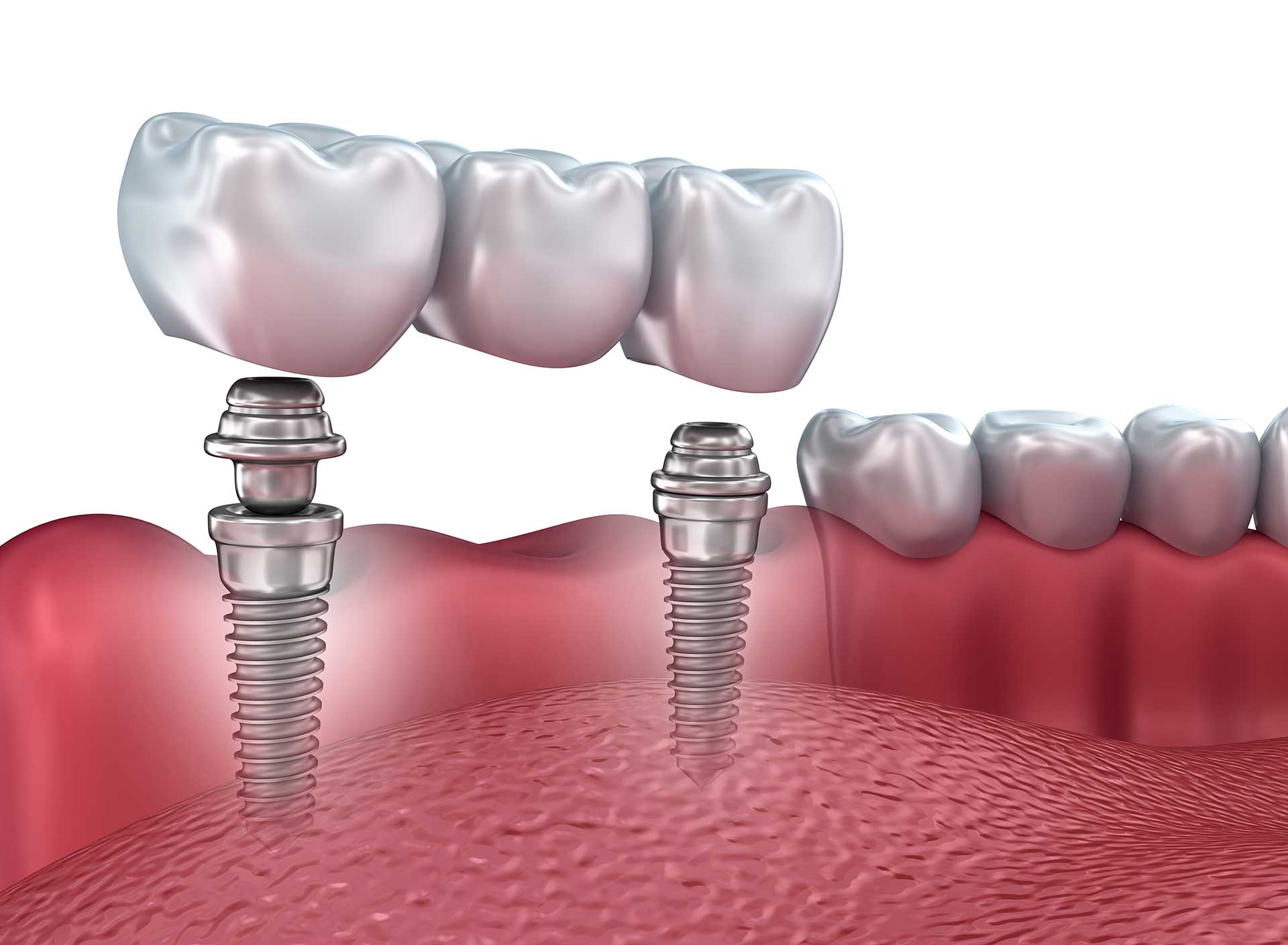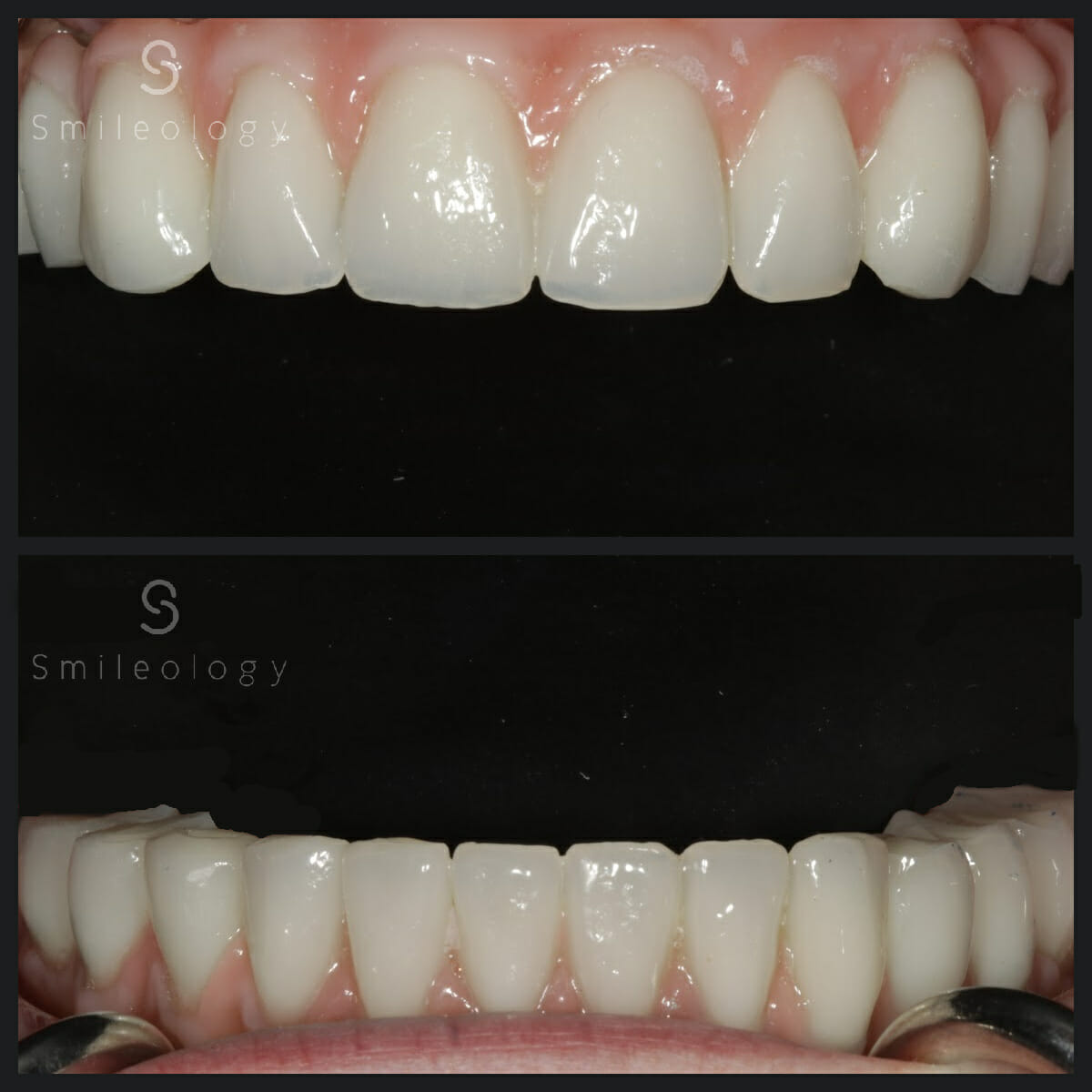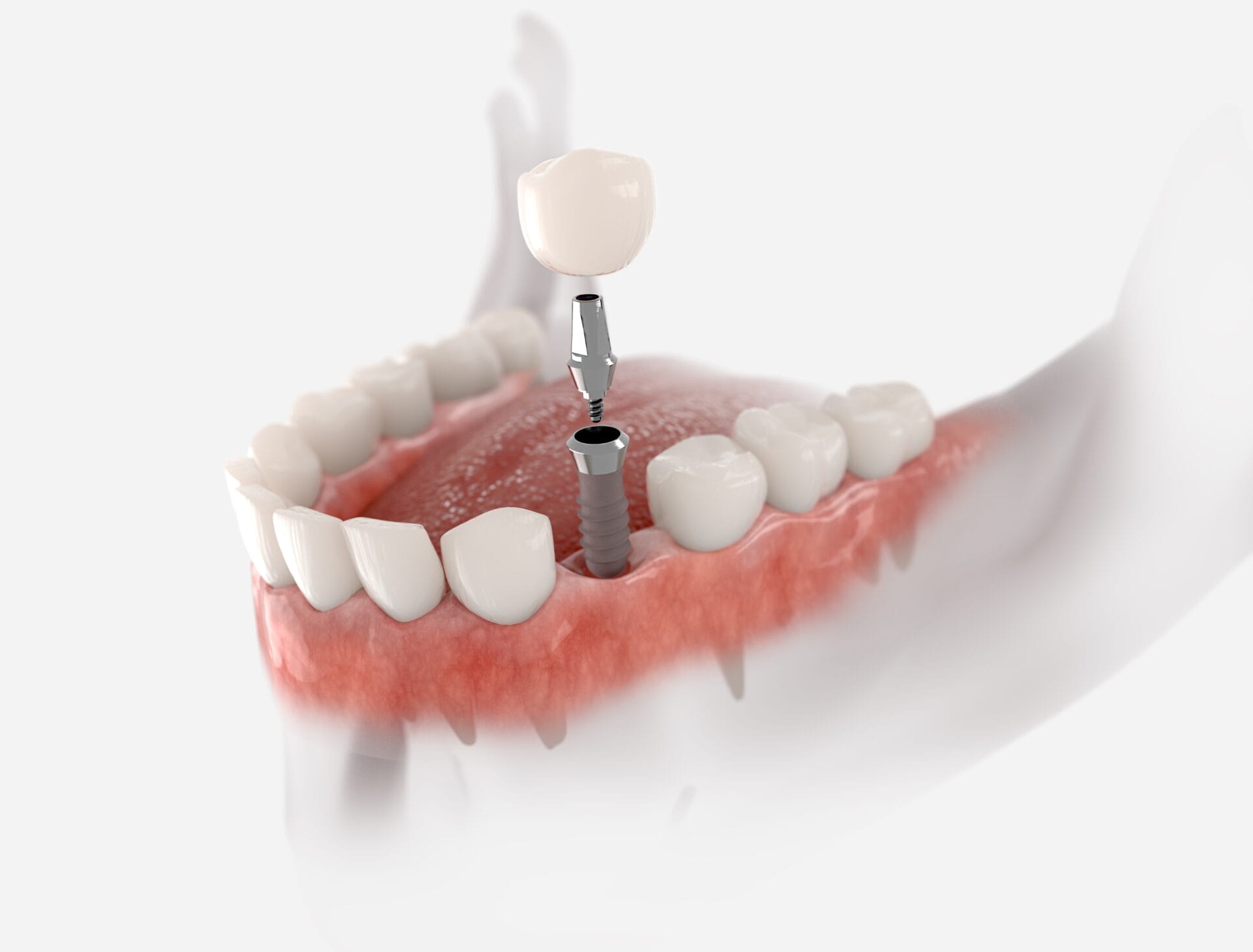Rebuild Your Confidence with Dental Implants Kent: Competence You Can Depend On
Rebuild Your Confidence with Dental Implants Kent: Competence You Can Depend On
Blog Article
Experience the most up to date Developments in Dental Implants Innovation
As the field of dental care continues to evolve, the advancements in dental implant modern technology have been nothing short of exceptional. The assimilation of technology is transforming the performance of oral implants, guaranteeing improved end results and client contentment.
Advanced Products for Enhanced Toughness
In the realm of oral implants innovation, the assimilation of advanced materials has actually considerably added to enhancing sturdiness and longevity of these important dental prosthetics. The use of materials such as titanium alloys, zirconia, and ceramic substances has actually changed the field by providing boosted stamina, biocompatibility, and resistance to corrosion.
Titanium alloys are extensively made use of in dental implants because of their outstanding strength-to-weight ratio, rust resistance, and compatibility with the human body. These alloys make sure the stability and long life of the dental implant by standing up to the pressures applied during chewing and speaking, supplying a trustworthy service for clients seeking durable tooth substitutes.
Zirconia, a kind of ceramic material, has obtained appeal for its biocompatibility and natural tooth-like look. Its high stamina and resistance to use make it an ideal selection for dental crowns and bridges, enhancing the general appearances and capability of the implant.

Digital Imaging for Precise Placement
The advancement of oral implants modern technology has actually further progressed with the combination of digital imaging methods, making certain accurate placement of these prosthetics for optimum functional and visual results. Digital imaging plays an essential role in the preparation and placement of dental implants by offering detailed 3D photos of the person's jawbone structure. This modern technology allows dentists to examine bone thickness, locate crucial structures, and plan the precise position and angle for implant positioning with exceptional precision.
By utilizing digital imaging, dentists can develop digital medical guides that offer as a roadmap throughout the implant placement procedure. These guides are personalized for every client, taking right into account their unique makeup and the desired outcome. This level of accuracy not only boosts the success rate of dental implant procedures yet also reduces the danger of issues.
In addition, electronic imaging allows dental practitioners to envision the final prosthetic restoration prior to the actual positioning of implants, enabling meticulous planning and ensuring that the end result fulfills the individual's visual assumptions. Overall, the combination of electronic imaging innovation has actually reinvented the field of dental implants, offering patients a more predictable, reliable, and patient-specific therapy technique.

Minimally Intrusive Surgical Techniques


Advancements in surgical approaches have resulted in the growth of minimally invasive methods in the field of dental implantology. These techniques intend to lower trauma to the individual, reduce recovery times, and enhance overall treatment outcomes. Minimally invasive medical procedures include smaller incisions, specialized instruments, and advanced imaging innovations to exactly place oral implants with very little interruption to surrounding cells.
One trick facet of minimally invasive strategies is the use of guided surgical procedure, where 3D imaging and computer-aided layout software program are employed to intend the dental implant positioning with great precision. This permits a more foreseeable end result and can frequently remove the need for considerable flap surgical procedure.
In addition, improvements in materials and dental implant design have additionally contributed to the success of minimally invasive approaches. Implants with boosted surface properties advertise faster osseointegration, minimizing the healing time needed before the prosthetic reconstruction can be positioned.
3D Printing for Personalized Solutions
Using 3D printing modern technology in dental implantology allows for the development of extremely customized remedies tailored to private person needs and anatomical variants. This advanced modern technology makes it possible for dental professionals to design and make oral implants with outstanding precision and accuracy. By using electronic imaging strategies, such as cone beam of light computed tomography (CBCT), comprehensive 3D models of the client's oral cavity can be created to assist the dental implant planning procedure.
Among the crucial advantages of 3D printing in dental implantology is the capacity to produce patient-specific implants that flawlessly fit the special composition of each individual. This tailored method aids boost the overall success and long life of the implant by guaranteeing optimum fit and placement. Furthermore, 3D printing permits the manufacturing of intricate geometries and intricate frameworks that would certainly be difficult or tough to attain using standard check out here manufacturing approaches.
Furthermore, 3D printing modern technology enables dentists to improve the implantation process, lowering surgical treatment time and improving general patient experience. With its capacity to develop personalized solutions rapidly and successfully, 3D printing is transforming the field of oral implantology, offering patients cutting-edge therapy choices and improved results.
Integrated Innovation for Improved Functionality
Implementing cutting-edge innovation in oral implantology boosts capability and precision, boosting the criterion of treatment for patients undergoing dental implant treatments. Integrated innovation plays an important role in improving the redirected here general success and toughness of oral implants.
In addition, the combination of computer-aided layout and computer-aided production (CAD/CAM) modern technology makes it possible for the creation of customized dental implant restorations with remarkable accuracy. CAD/CAM systems use digital impressions to design prosthetics that perfectly fit the patient's unique makeup, making certain ideal convenience and functionality. Furthermore, using robotic-assisted surgical treatment in implant positioning improves accuracy and reduces the threat of human error.
Conclusion
In verdict, the current developments in dental implants modern technology deal improved resilience via innovative products, exact positioning with digital imaging, minimally invasive surgical strategies, customized remedies with 3D printing, and boosted performance with integrated innovation - Dental implants Kent. These developments in oral implants technology are transforming the field and offering people with more reliable and reliable treatment options for restoring their smiles and dental health and wellness
The combination of modern technology is transforming the performance of dental implants, promising improved outcomes and patient satisfaction.
The development of dental implants modern technology has actually even more progressed with the integration Visit Your URL of electronic imaging techniques, ensuring specific positioning of these prosthetics for ideal useful and visual results. Minimally invasive surgical treatments include smaller sized incisions, specialized tools, and progressed imaging technologies to precisely position dental implants with very little disturbance to bordering cells.
Executing advanced innovation in oral implantology boosts performance and accuracy, elevating the standard of care for individuals undertaking implant treatments. Dental implants Kent. Integrated modern technology plays a crucial function in improving the general success and sturdiness of dental implants
Report this page